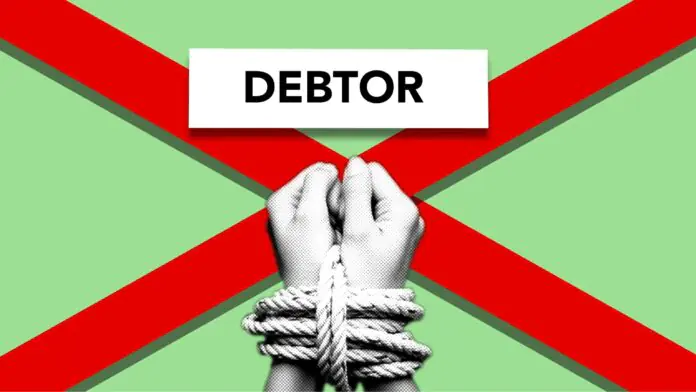Introduction: Why Is India’s Household Debt Rising?
India’s household debt has reached an all-time high, with consumer loans accounting for over 40% of total debt. According to the Reserve Bank of India’s June 2024 Financial Stability Report, this surge is driven by an increase in borrowers rather than larger loan sizes, highlighting the struggle many families face in balancing budgets and building savings .
With the new year offering a fresh start, now is the perfect time to take control of your finances. This blog provides a practical 3-step plan to help you reduce debt, regain financial stability, and move closer to financial independence.
Step 1: How to Create a Debt Repayment Plan
Why Is Organization Key to Debt Repayment?
The first step to tackling debt is understanding your financial situation. Start by listing all outstanding debts, including:
- Loan amounts
- Interest rates
- Tenure for each loan
This comprehensive overview helps you prioritize repayment efforts and choose the right strategy.
Which Debt Repayment Method Works Best?
- The Snowball Method: Focus on paying off the smallest debt first while making minimum payments on others. This approach builds momentum and confidence but may result in higher overall interest payments .
- The Avalanche Method: Prioritize the debt with the highest interest rate to save on interest costs over time. While cost-effective, this method may take longer to show progress .
Step 2: How to Free Up Money for Debt Repayment
What Expenses Can You Cut?
Reducing non-essential costs is crucial. Review your monthly spending and identify areas to cut back, such as:
- Dining out
- Streaming subscriptions
- Impulse purchases
How Can You Boost Your Income?
Explore side hustles like freelancing, tutoring, or selling unused items to generate extra cash. Small adjustments, such as negotiating lower insurance premiums or switching to cost-effective mobile plans, can also make a significant difference .
Step 3: How to Stay Committed to Debt-Free Living
Why Build an Emergency Fund?
An emergency fund acts as a financial safety net, reducing the need to rely on credit for unexpected expenses. Start with small contributions and gradually grow the fund as you pay down your debts .
How to Avoid Falling Back into Debt
- Limit credit card usage and rely on cash or debit cards for everyday purchases.
- Plan ahead by creating shopping lists to curb impulse spending.
- Celebrate milestones, such as paying off a debt, to stay motivated .
FAQs: Your Questions Answered
-
What is the current state of India’s household debt?
India’s household debt reached $617.3 billion in March 2024, accounting for 17.4% of the country’s nominal GDP .
-
Which debt repayment method is better: Snowball or Avalanche?
The Snowball Method is ideal for building momentum, while the Avalanche Method saves on interest costs. Choose based on your financial goals and personality .
-
How can I reduce my credit card debt?
Focus on paying off high-interest credit card debt first, cut unnecessary expenses, and consider balance transfer options to lower interest rates .
-
What are some side hustles to pay off debt faster?
Freelancing, tutoring, selling unused items, and part-time gigs are excellent ways to supplement your income .
Conclusion: Take Control of Your Financial Future
India’s rising household debt is a pressing issue, but with the right strategies, you can regain control of your finances. By organizing your debts, freeing up money, and staying committed, you can achieve financial freedom sooner than expected. Remember, every small step counts, and consistency is key to a debt-free future.


